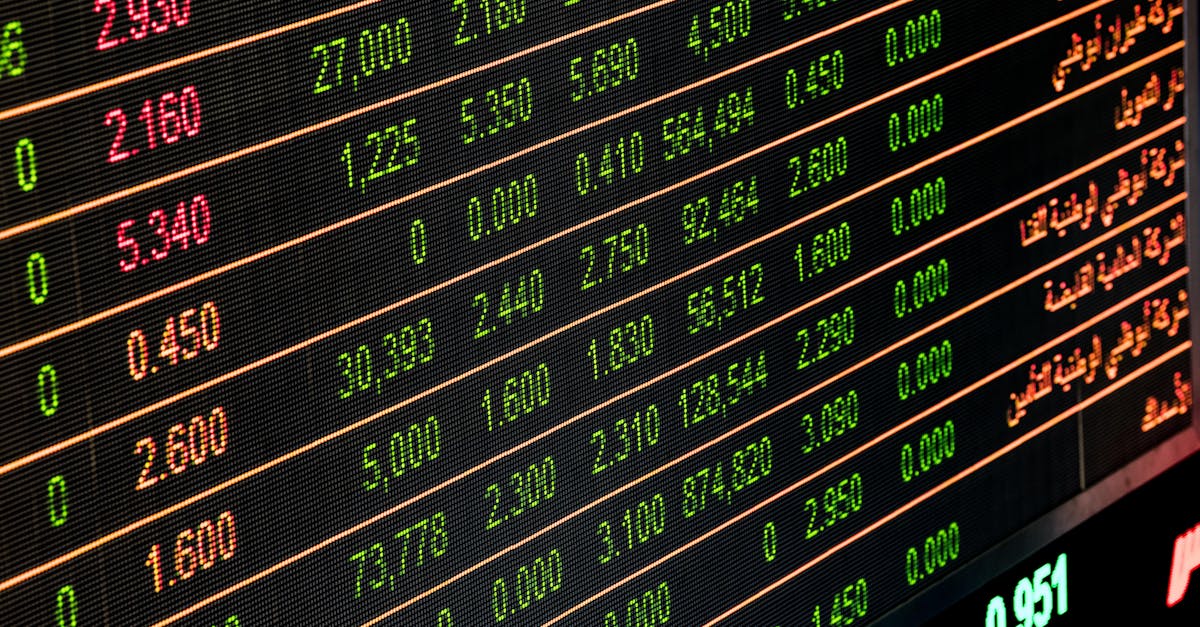Economic trends might sound like a dry topic reserved for stuffy boardrooms and dusty textbooks, but they’re actually the pulse of our financial world. Imagine trying to navigate a bustling city without a map—confusing, right? That’s exactly what it feels like to tackle investments or business decisions without understanding these trends. They’re the clues that help decode the ever-shifting landscape of supply, demand, and consumer behavior.
Table of Contents
ToggleUnderstanding Economic Trends
Economic trends offer crucial insights into market behavior and consumer patterns. They serve as indicators that reveal how economies are performing over time. Observing these trends helps in making informed investment and business decisions.
Various types of economic trends exist, such as growth trends, recession trends, and cyclical trends. Growth trends indicate periods of increasing economic activity, while recession trends suggest economic contraction. Cyclical trends highlight the ups and downs inherent in economic cycles.
Economic indicators, like gross domestic product (GDP) and unemployment rates, provide data on these trends. GDP measures economic output and growth, while unemployment rates reflect labor market conditions. Tracking these indicators can clarify the overall economic landscape.
Several factors impact economic trends, including government policies, consumer behavior, and global events. Policy changes can stimulate or slow down economic growth. Shifts in consumer preferences also play a significant role in shaping demand for products and services.
Investors and businesses should leverage economic trends when creating strategies. Aligning their decisions with prevailing trends can enhance profitability and market positioning. Understanding trends creates opportunities to identify potential risks and rewards.
Stakeholders, including policymakers, rely on economic trends to craft effective measures. Collecting and analyzing trend data supports strategic planning and forecasting. Additionally, staying informed empowers individuals and organizations to navigate economic fluctuations effectively.
Types of Economic Trends
Economic trends can be categorized into long-term and short-term variations, each with unique implications for market behavior and economic interpretations.
Long-Term Trends
Long-term trends represent significant shifts in the economy that occur over years or decades. These trends often signal structural changes, such as demographic shifts or technology advancements. Economic growth, characterized by sustained increases in GDP, exemplifies this trend. Factors like population aging or urbanization contribute to these enduring patterns. Understanding these trends assists businesses in strategic planning and investment decisions. For instance, a shift towards renewable energy indicates a potential market for companies focused on sustainability. Analysts often examine historical data to identify these trends, providing insights useful for long-term projections.
Short-Term Trends
Short-term trends emerge in response to immediate economic conditions and often reflect cyclical fluctuations. These trends can occur over months or a few years, influenced by events like seasonal changes or policy shifts. Volatile markets frequently exhibit short-term trends that impact consumer spending, employment rates, and investment opportunities. For example, economic stimulus measures may lead to temporary increases in consumer confidence and spending. Monitoring these trends allows investors to capitalize on fluctuations and adjust strategies accordingly. By analyzing real-time data, businesses can make informed decisions to navigate the shifting economic landscape effectively.
Factors Influencing Economic Trends
Understanding economic trends requires consideration of several key factors that shape market dynamics. These factors significantly influence how economies operate and evolve over time.
Consumer Behavior
Consumer behavior plays a pivotal role in shaping economic trends. Shifts in purchasing habits signal changes in demand, impacting production levels across various industries. Preferences for sustainable products have risen, indicating a broader societal shift towards environmental consciousness. An increase in online shopping trends has altered traditional retail landscapes, prompting businesses to adapt strategies accordingly. Millennials and Gen Z prioritize experiences over material goods, further influencing market demands. These behavioral changes provide vital insights into economic patterns.
Government Policies
Government policies also profoundly impact economic trends. Regulations regarding taxation, trade, and labor can either stimulate or hinder economic growth. For instance, tax cuts might enhance consumer spending, while stringent regulations could restrict business expansions. Trade agreements can open markets, promoting international commerce and shaping domestic industries. Economic stimulus packages often aim to counteract recessions, while fiscal policies guide long-term growth initiatives. The interconnectedness of these policies highlights their critical role in steering economic trends.
Analyzing Economic Trends
Analyzing economic trends involves a systematic approach to understanding shifts within the economy. Key economic indicators, such as GDP growth rates and unemployment levels, serve as crucial data points that reflect overall economic health. Recognizing patterns in these indicators provides insights into potential future movements.
Investors often rely on long-term trends when planning for sustained growth. Examples of these trends include demographic changes and technological advancements. Businesses can adjust their strategies according to these trends, ensuring alignment with market demands.
Short-term trends reveal immediate reactions to specific events. These fluctuations may arise due to seasonal changes or new government policies. Monitoring these trends enables quick decision-making to optimize investments or operational strategies.
Consumer behavior remains a vital factor influencing economic trends. Changes in preferences, such as increased demand for sustainable products, signal shifts in market dynamics. Businesses must adapt their offerings to meet these evolving consumer needs.
Government policies significantly impact economic conditions as well. Tax reforms, trade agreements, and regulatory changes create ripple effects throughout various sectors. Understanding how these factors shape economic environments provides opportunities for strategic advantage.
Technological advancements frequently drive innovation within industries. Companies that embrace new technologies can stay ahead of competitors while enhancing efficiency. Analyzing trends in technology adoption offers a predictive lens into future market developments.
Through diligent analysis of these economic trends, businesses can navigate uncertainties and seize growth opportunities effectively. A data-driven approach remains essential for responding to changing economic landscapes and making informed decisions.
Real-World Examples of Economic Trends
Numerous real-world examples illustrate economic trends in action. First, consider the rise of e-commerce. An increase in online shopping reflects changes in consumer behavior, showing a shift in demand toward digital platforms. Many traditional retailers have adapted by enhancing their online presence to capture this growing market.
Another example includes the transition to renewable energy. Companies and governments invest in sustainable practices, revealing a long-term trend toward environmental consciousness. This shift illustrates a broader commitment to addressing climate change, highlighting the importance of innovation in green technologies.
The COVID-19 pandemic created short-term economic trends as well. Supply chain disruptions led to immediate price increases for goods. Fluctuations in demand for essential items, such as groceries and medical supplies, resulted in temporary economic imbalances across various sectors.
Inflation rates provide a clear indicator of economic health. In recent years, inflation has surged in many countries, affecting purchasing power. Consequently, central banks have taken measures to stabilize prices, demonstrating the impact of monetary policy on economic trends.
Furthermore, shifts in labor markets reflect economic changes. The rise of remote work showcases how technological advancements and pandemic-related adaptations alter job landscapes. Organizations are re-evaluating work structures, indicating a potential long-term trend in employment practices.
Global events, such as geopolitical conflicts, also shape economic trends. Sanctions and trade restrictions can lead to market volatility. These occurrences frequently underscore the interconnectedness of economies, emphasizing the need for businesses to remain agile in response to external pressures.
Analyzing these examples showcases the diverse and dynamic nature of economic trends. By observing these real-world changes, investors, consumers, and policymakers can gain valuable insights into the complexities influencing economic performance and strategy.
Understanding economic trends is vital for anyone looking to navigate the complexities of today’s market. These trends offer a lens through which individuals can interpret shifts in consumer behavior and market dynamics. By keeping an eye on both long-term and short-term trends, investors and businesses can make informed decisions that align with current economic conditions.
The interplay between consumer habits, government policies, and global events continually shapes these trends. Recognizing this interconnectedness allows for strategic planning and adaptability in an ever-evolving economic landscape. Ultimately, staying informed about economic trends not only aids in investment strategies but also enhances overall awareness of the market’s direction.



